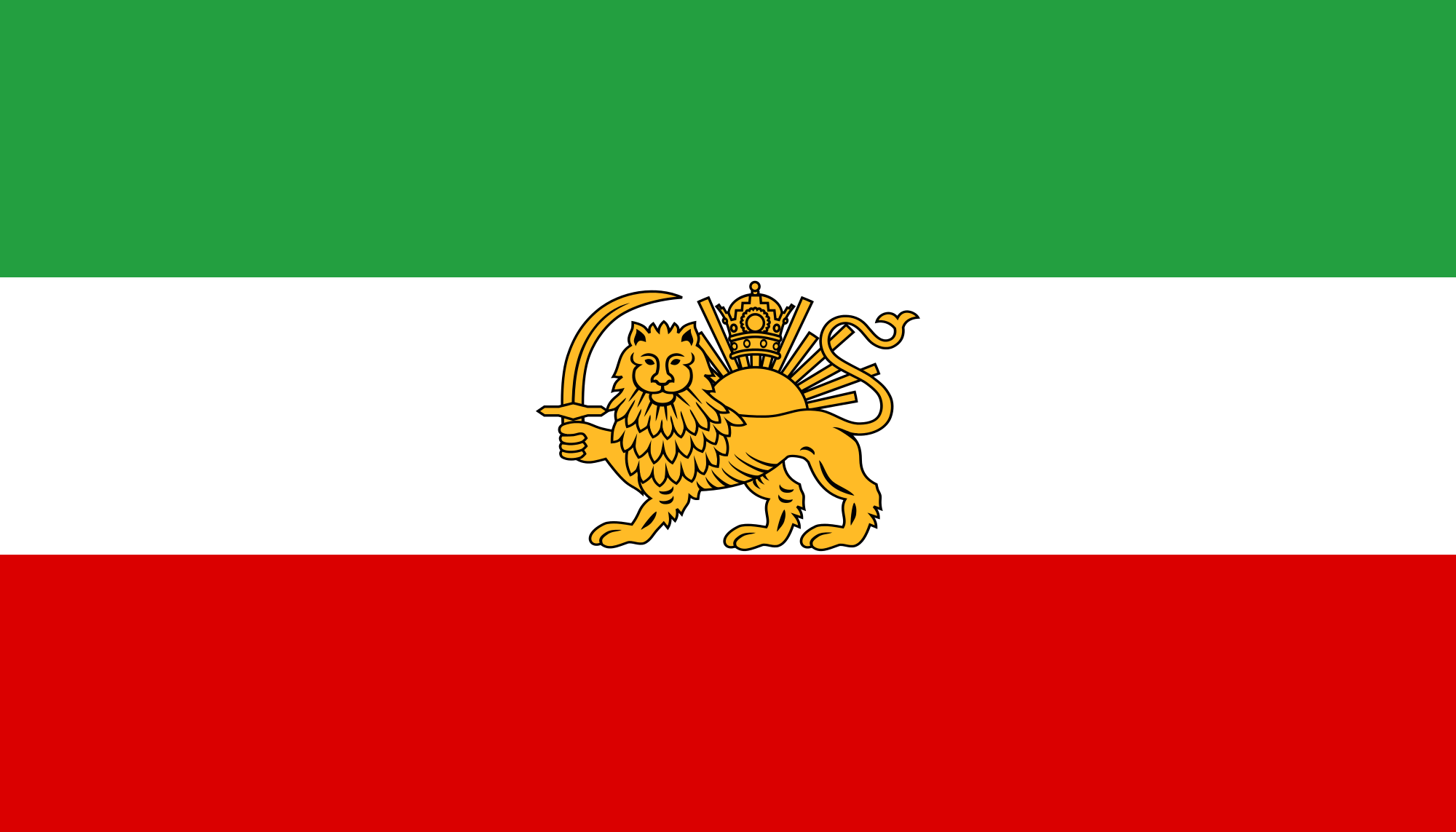
For decades, the Iranian economy has been cobbled together by religious-bureaucratic regimes that have employed mandates, regulations, price controls, subsidies and a wide variety of other interventionist devices, in an attempt to achieve their goals. It’s all been kept afloat – barely afloat – by oil revenues.
Shortly after Mahmoud Ahmadinejad took power as president, Iran began to draw the ire of the United States, Europe and their allies over a number of issues related to Iran’s nuclear ambitions. Of late, this loose coalition of ‘allies’ has ratcheted up economic sanctions against Iran.
Has the cascade of sanctions had an effect? The Iranian rial’s exchange rate tells the tale. When US President Barack Obama signed the Comprehensive Iran Sanctions, Accountability, and Divestment Act in July 2010, the official exchange rate for the rial to the US dollar was very close to the black market rate. Since these sanctions took effect, however, the official and black market rates have increasingly diverged.
The sanctions began to bite especially hard in early September, when the slide in the value of the rial began to accelerate – punctuated by two dramatic collapses in the demand for the Iranian currency. With each collapse, there has been something akin to a ‘bank run’ on the rial – with a sharp rise in the black market (read: free market) exchange rate to the greenback. Ironically, Iranians are clamoring for US dollars.
On September 8, 2012, the black market exchange rate was 23,040. In the course of just under a month, after the two big sell-offs, the rate settled at 35,000 on October 2, 2012. This represents a 34.2% depreciation of the rial relative to the greenback. It was at this 35,000 exchange rate that I first calculated the monthly inflation rate implied by the rial’s depreciation using the principle of purchasing power parity. The implied monthly inflation rate for September was 69.6%. Since the hurdle rate to qualify for hyperinflation – as defined by US economist Philip Cagan – is 50% per month, Iran registered what appears to be the start of the world’s 58th hyperinflation episode.
To estimate Iran’s hyperinflation, we must derive it from changes in the rial/US dollar exchange rate. In Iran, the demand for rials is inversely related to the rial/US dollar rate. It confirms a conjecture first made by Nobel laureate Robert Mundell. In 1963, Mundell posited that the demand for money was a function of, among other things, the exchange rate (RA Mundell, ‘Capital Mobility and Stabilization Policy Under Fixed and Flexible Exchange Rates’, Canadian Journal of Economics and Political Science).
When the rial loses value against the dollar, Iranians expect further losses and want to unload rials for US dollars (or gold). After all, if you expect the purchasing power of your currency to be halved in 40 days (as it would be at the current inflation rate), you’re not going to wait around to convert your wealth to a stable store of value.
In short, it is this process – a sort of Persian panic – that is feeding the hyperinflation.
Author Steve H. Hanke

0 responses on "Panic in Persia as Hyperinflation Hits Iran"